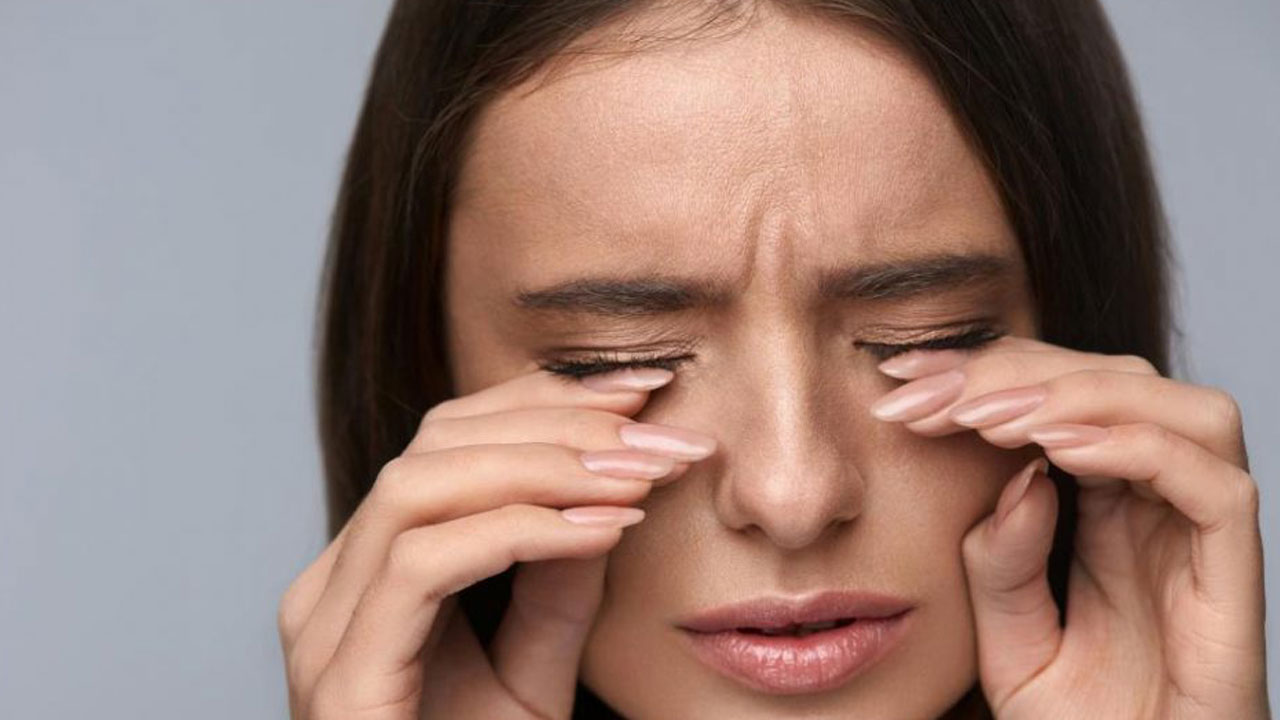- Contact: +91-9270109498 | 020 24352449
- Email: kuldeepdole@yahoo.co.in

Lazy Eye Treatment In Pune
At Dole Eye Hospital, we provide practical solutions for lazy eye conditions. Whether through eye patching, vision therapy, medications, or surgical interventions, our Hospital in Pune is dedicated to enhancing visual acuity and promoting proper eye alignment.
What is lazy eye (amblyopia)
Amblyopia, also known as lazy eye, is a type of poor vision that usually happens in just one eye but less commonly in both eyes. It develops when there's a breakdown in how the brain and the eye work together, and the brain can't recognize the sight from one eye. Over time, the brain relies more and more on the other, stronger eye — while vision in the weaker eye worsens.
Causes of lazy eye
Amblyopia is the most common cause of vision loss in children. Up to 3 out of 100 children have it. The good news is that early treatment works well and usually prevents long-term vision problems.
There are three main causes of amblyopia:
- 1. Strabismus:This is when the eyes are not aligned properly. The eyes may cross (esotropia), turn outward (exotropia), or tilt upward or downward (hypertropia).
- 2. Refractive error:This is when the eyes cannot focus properly. The common refractive errors are nearsightedness, farsightedness and astigmatism.
- 3. Deprivation:This is when there is a problem with how the eye sends signals to the brain. This can happen if there is a cataract, a growth in the eye, or a problem with the retina.
Symptoms of lazy eye
- The affected eye may have significantly reduced visual acuity compared to the healthy eye.
- The vision in the lazy eye may appear blurry or lack clarity.
- A person with a lazy eye may need help with judging distances accurately.
- A lazy eye can often be accompanied by misalignment of the eyes, leading to crossed or turned eyes.
- Children with lazy eyes may unconsciously squint or close one eye to improve vision.
- The affected eye may tire or become strained during activities requiring visual focus.
- A lazy eye can impact the ability to coordinate visual information with manual tasks.
lazy eye diagnosis
Lazy eye is usually diagnosed in children between 3 and 5 years old. However, it can be diagnosed at any age. The doctor will perform several tests to check the child's vision, including:
- 1. Visual acuity test:The child will be asked to read letters or numbers on a chart. Cover test: This test checks how well the child's eyes align when one eye is covered. The doctor will cover each eye individually and observe how the child's eyes move.
- 2. Ophthalmoscopy:This test allows the doctor to look inside the child's eye.
- 3. Amblyopia screening test:The test asks the child to follow a moving object with their eyes.
lazy eye Treatment options
Here are some of the most common treatment options for lazy eye:
- 1. Patching:The child wears an eye patch over the stronger eye for several hours daily. This forces the brain to use the weaker eye.
- 2. Vision therapy:Vision therapy may include exercises that help the child track objects with both eyes, focus on objects at different distances, and see in 3D.
- 3. Glasses or contact lenses:If the child has a refractive error, glasses or contact lenses can help improve their vision.
- 4. Surgery:Sometimes, surgery may be required to correct underlying eye conditions that contribute to amblyopia, such as cataracts or strabismus.
If you think your child may have a lazy eye, consult the Dole Eye Hospital immediately. Early diagnosis and treatment can help prevent long-term vision problems.
Supportive care and lifestyle tips
- Get regular eye exams. It is essential to see an eye doctor regularly to monitor your vision and ensure the treatment works.
- If you have nearsightedness or farsightedness, use glasses or contact lenses.
- Encourage the use of both eyes. This means encouraging the person to do activities that require both eyes, such as reading, playing sports, and watching TV.
- Make it fun. There are several ways to make patching or vision therapy fun. You can find games and activities that help people track objects, focus at different distances, and see in 3D.
- Limit screen time: Excessive screen time can negatively impact eye development in children.
- Protect eye health. Encourage using protective eyewear during activities that pose a risk of eye injury, such as sports or DIY projects.
